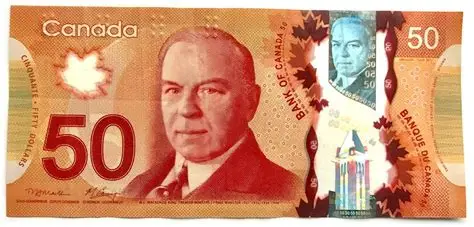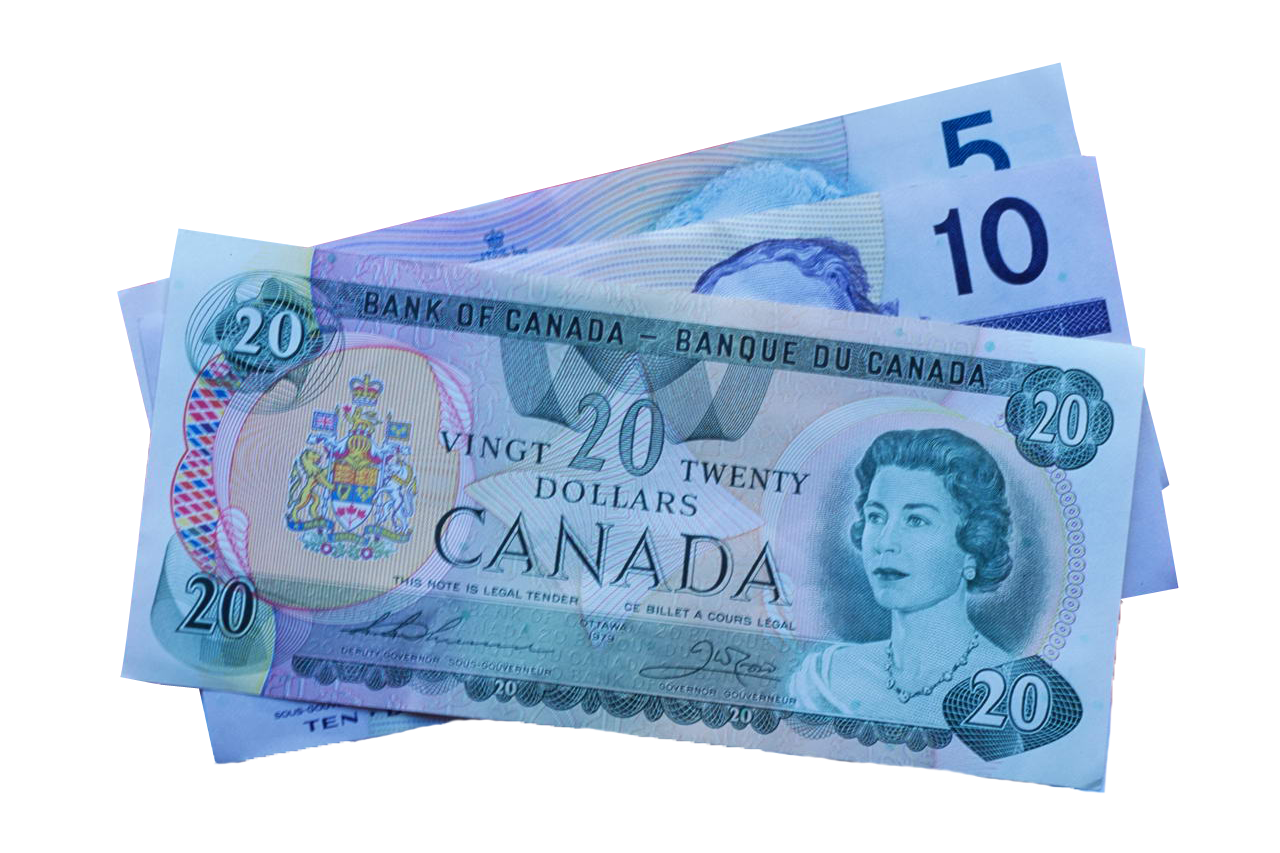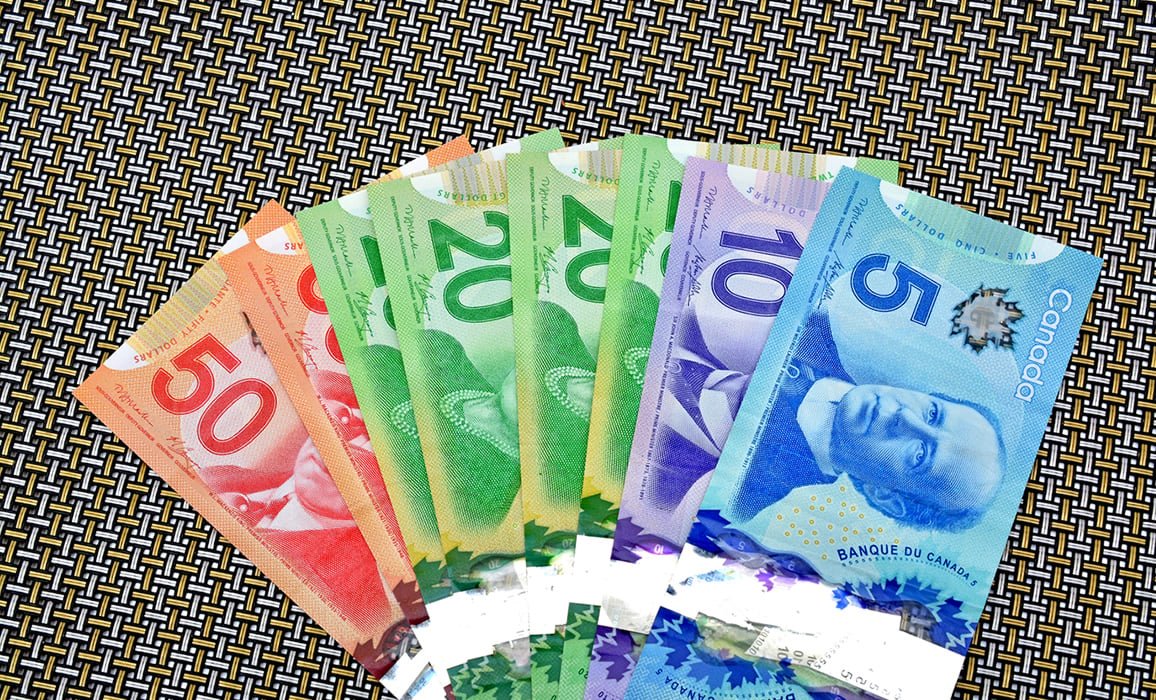USD/CAD Forecast: Loonie Tops Ahead of Fed and BoC Rate Releases
USD/CAD rises slightly to 1.3760 as investors wait for central bank policy decisions at the Federal Reserve and the Bank of Canada, both likely to reduce interest rates due to slowing labor markets and softening inflation. Although the duo remains slightly bullish intraday, technical indicators like a Head and Shoulder formation and a bearish configuration below the 20-day EMA indicate the potential for downward risks. Investors will keenly look to comments from Fed Chair Jerome Powell and BoC Governor Tiff Macklem for direction on coming rate cuts, with possible moves ranging from a drop towards 1.3600 if bearish pressure continues, to a bounce towards 1.4000 if upside resistance levels are surpassed. KEY LOOKOUTS • Both central banks will cut rates, with markets eagerly looking for direction on coming easing cycles. • A Head and Shoulder pattern indicates a possible bearish reversal if the neckline around 1.3715 is breached. • The pair is below the 20-day EMA level of 1.3800 and the RSI is around 40, suggesting potential additional downward pressure. • Support is around 1.3722 and 1.3600, and resistance is around 1.3925 and 1.4000. USD/CAD trades close to 1.3760 as markets await significant interest rate decisions from the Bank of Canada and the Federal Reserve, both which are expected to cut rates. Early indications of a bearish reversal have been observed in the pair with a Head and Shoulder formation and price action below the 20-day EMA. Momentum gauges also hint at weakness, as the RSI is heading towards 40. Top priority now centers on press conferences by Fed Chair Jerome Powell and BoC Governor Tiff Macklem, which can offer clearer guidance for the currency pair’s future direction. USD/CAD is stuck around 1.3760 as investors wait for policy directions ahead of Fed and BoC interest rate cuts. A Head and Shoulder formation and poor momentum suggest possible downside to 1.3600 in case support lines break. • USD/CAD is around 1.3760 in anticipation of Fed and BoC monetary policy decisions. • Central banks are likely to reduce interest rates due to weak labor markets and softening inflation. • A Head and Shoulder chart pattern warns of a bearish reversal. • The pattern neckline is at 1.3715, which is an important support level. • The pair is below the 20-day EMA, currently at 1.3800, thus maintaining the short-term trend bearish. • RSI is drifting around 40 and should weaken further if it falls below that. • Important downside targets are at 1.3722, 1.3600, and 1.3540, while resistance is at 1.3925 and 1.4000. The USD/CAD currency pair is trading slightly higher as the market focuses on upcoming monetary policy announcements by the Federal Reserve and the Bank of Canada. Both central banks are expected to cut interest rates due to slowing labor market conditions and decelerating inflationary pressures. For Canada, softer inflation readings have improved the argument in favor of a dovish policy, and for the United States, the Fed is set to initiate its cycle of monetary easing even as inflation continues to remain above target. USD/CAD DAILY CHART PRICE SOURCE: TradingView Market participants will watch closely for the post-meeting press briefings from Fed Chair Jerome Powell and BoC Governor Tiff Macklem for additional commentary on the tempo and magnitude of future rate reductions. The cue from these central bankers will be instrumental in guiding investor sentiment and establishing the tone for currency market action in the weeks to come. TECHNICAL ANALYSIS USD/CAD is exhibiting bearish setup, and a Head and Shoulder formation is underway with the neckline at approximately 1.3715. The pair is still trading below the 20-day Exponential Moving Average (EMA) at 1.3800, which indicates sellers are in control in the short term. In contrast, the 14-day RSI remains close to 40, reflecting declining momentum, and a strong break below this point may sharpen downward pressure. Major support levels are at 1.3722, then 1.3600 and 1.3540, while resistance is capped at 1.3925 and 1.4000. FORECAST If USD/CAD cannot stay above the neckline support at 1.3715, the pair may carry its decline lower. A fall below this level would most likely attract new selling pressure, subjecting the August 7 low of 1.3722. Further weakness may drive the pair towards the psychological 1.3600 level, with additional losses targeting the June 16 low of 1.3540. Conversely, if USD/CAD can maintain its upward momentum above 1.3800 and vault through the August 22 peak of 1.3925, a rebound rally may ensue. This advance would set the stage to target the 1.4000 ceiling, with firm resistance at 1.4075, which had not been seen since early April. Closing above these levels would realign the near-term sentiment in favor of the bulls.












